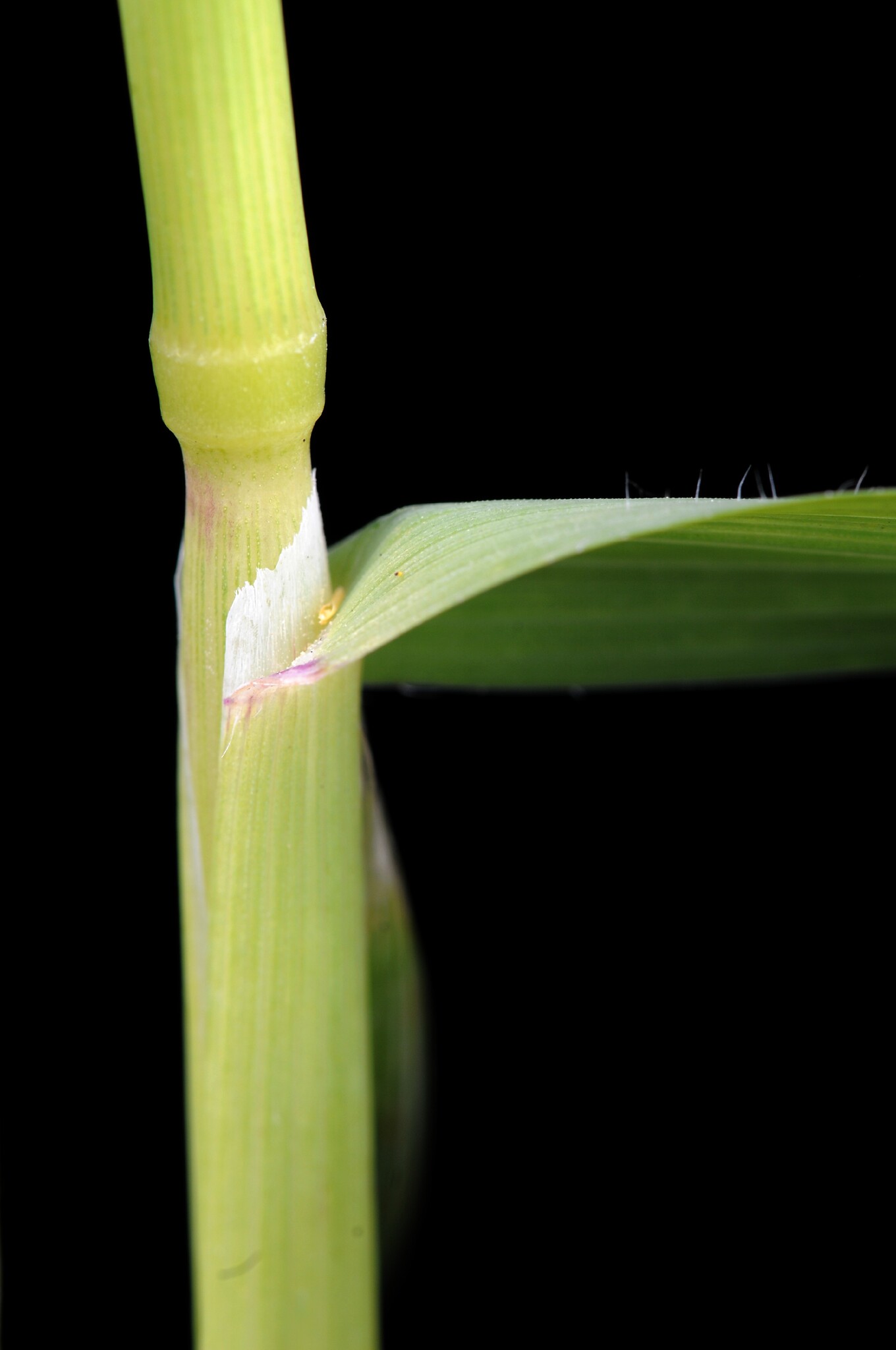
Classical Latin name for the Oat, Avena sativa.
Annuals. Leaves flat with membranous ligules. Inflorescence an open panicle. Spikelets large with mostly 2-5 florets, separating above the glumes and often between the florets. Glumes mostly equal and as long as the spikelets or longer, papery with a rough margin and several nerves. Lemma with 2 teeth and 2 fine hairs and usually an awn on the back. The awn is generally twisted at the base with a straight upper part having a single bend in it.
Grown mostly as the commercial oat; a few species are weedy.
Seed.
Commercial oats used for animal feed, porridge, oatmeal, cereals etc. A. sativa subsp. sterilis (L.) de Wet, from north-western Africa, has awns that twist and untwist when moist and are used for fly-fishing.
Characteristic spikelets usually with bent or twisted dorsal awns.
About 27 species from Europe and the Mediterranean to Ethiopia and central Asia. Australia has 7 introduced species.
Baum (1977).
Source: (2005). Poaceae. In: . Horticultural Flora of South-eastern Australia. Volume 5. Flowering plants. Monocotyledons. The identification of garden and cultivated plants. University of New South Wales Press.
